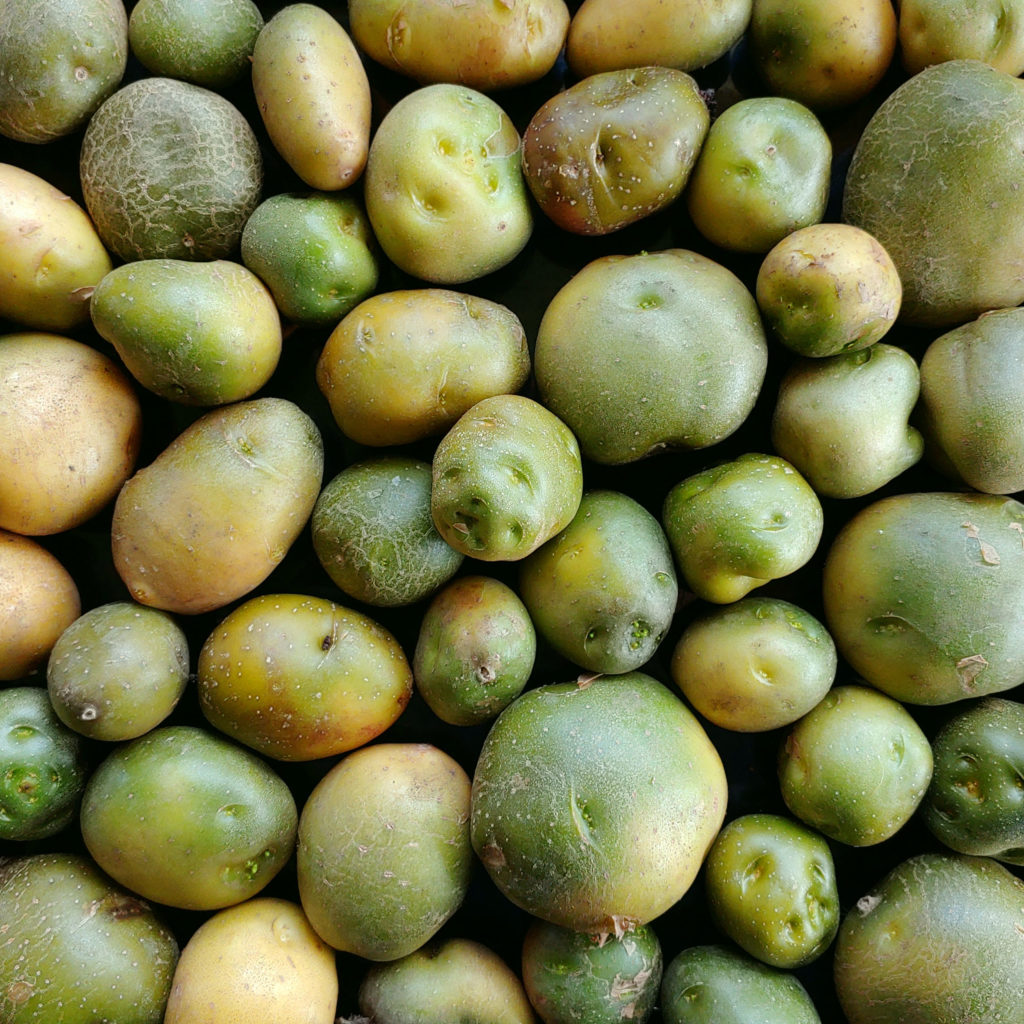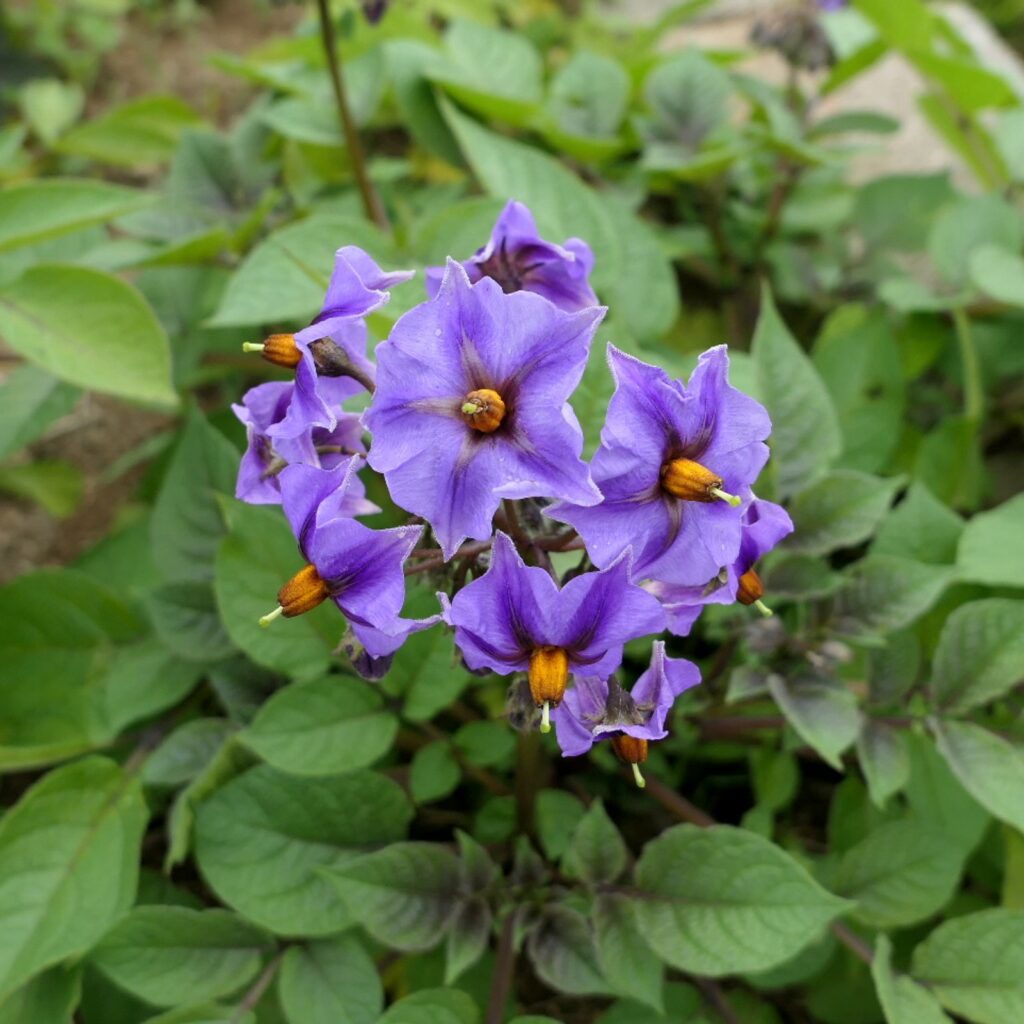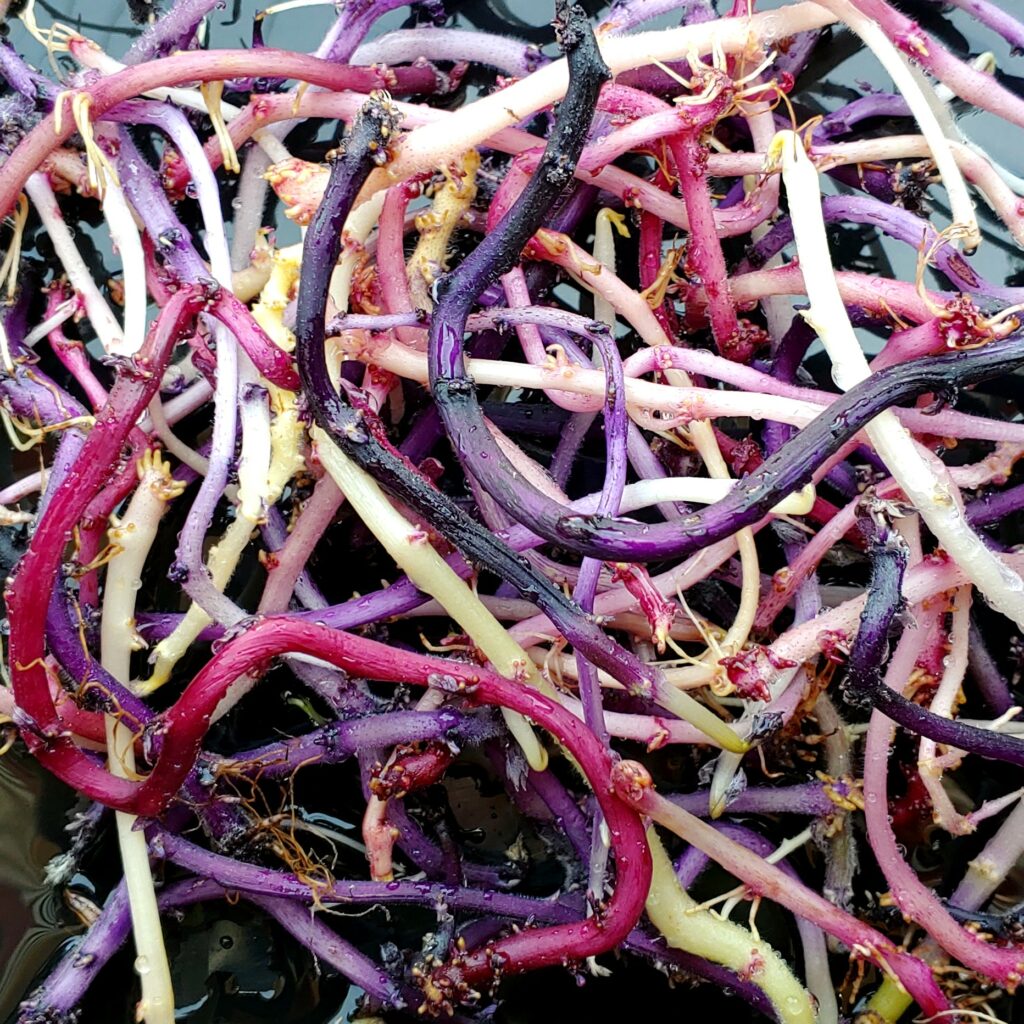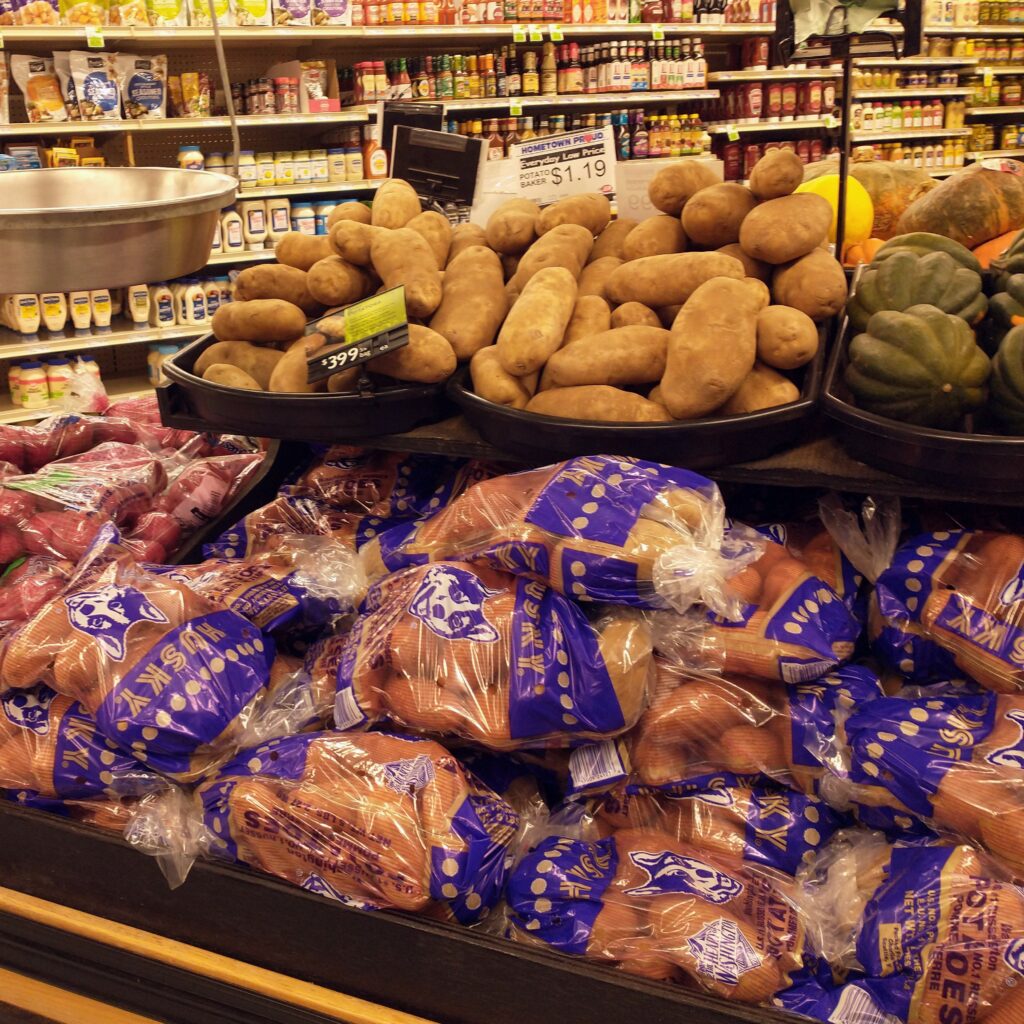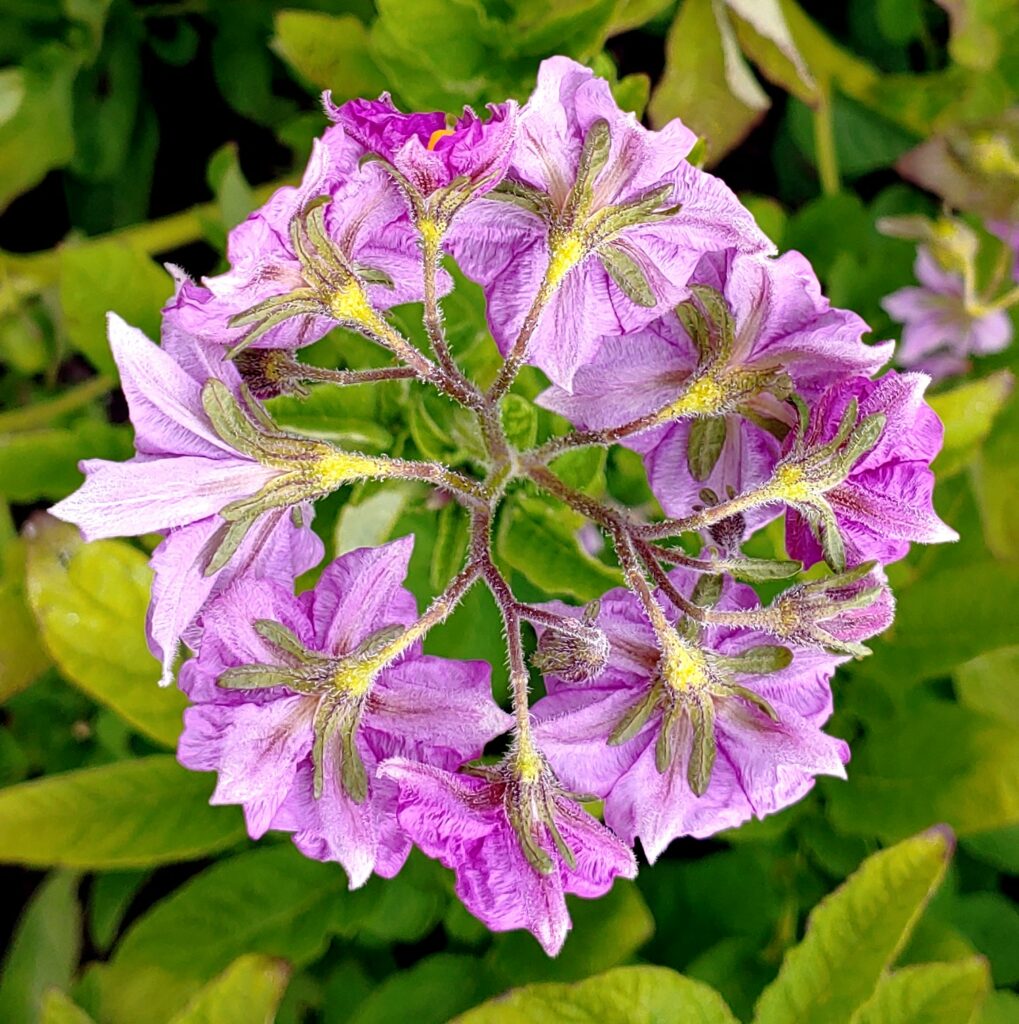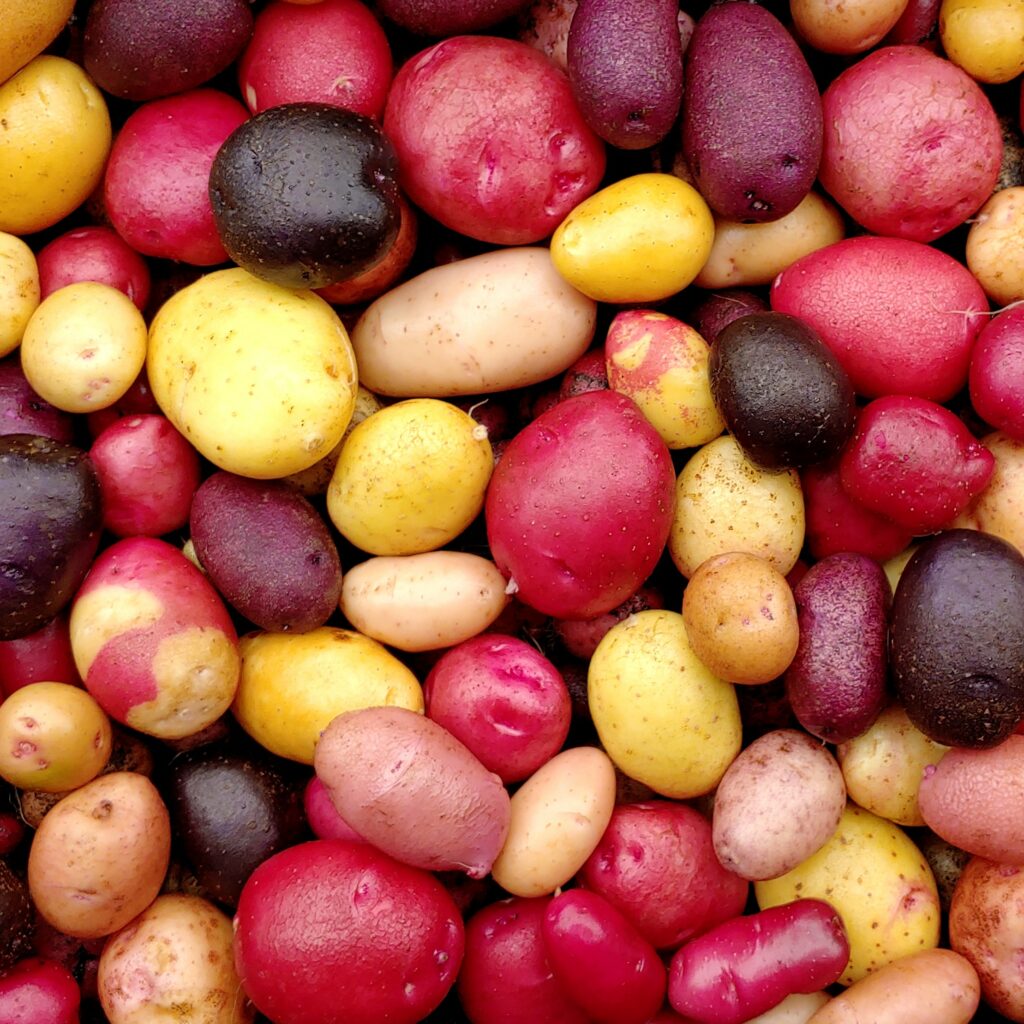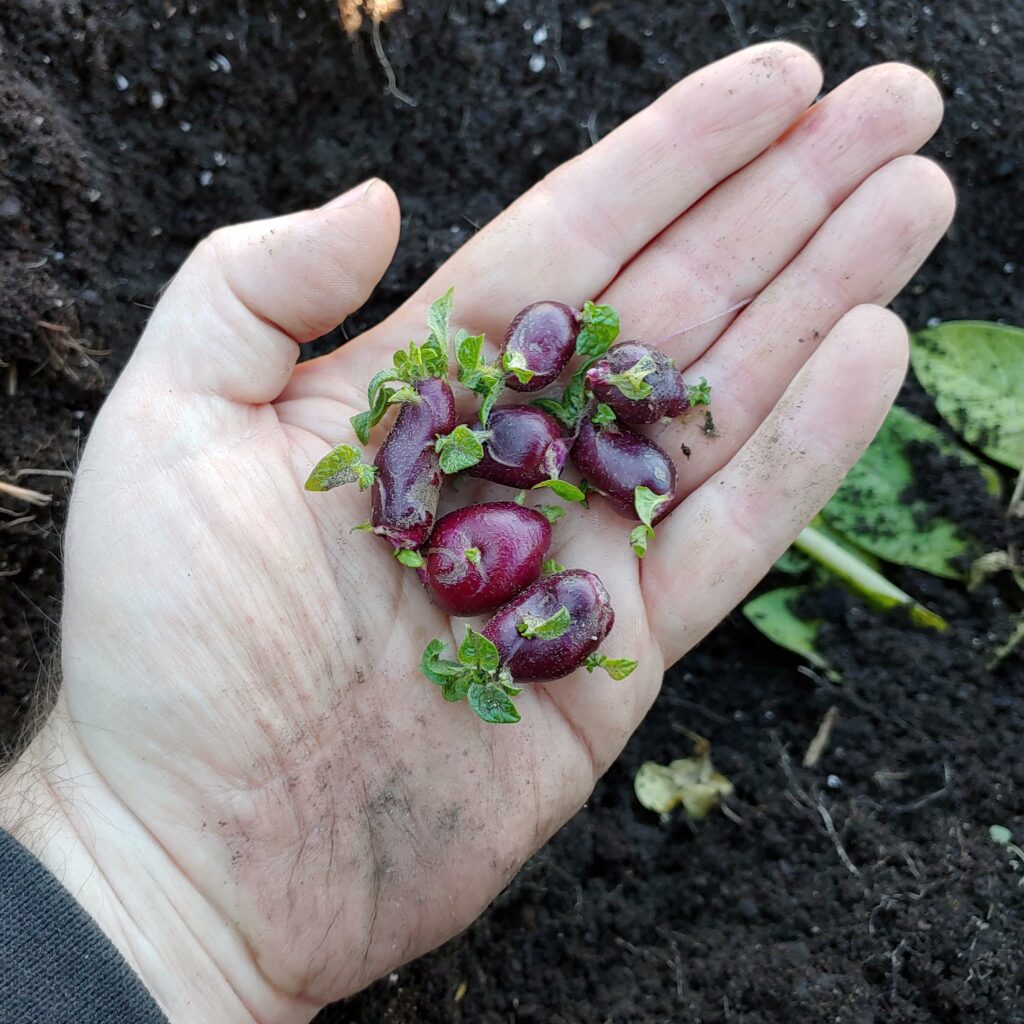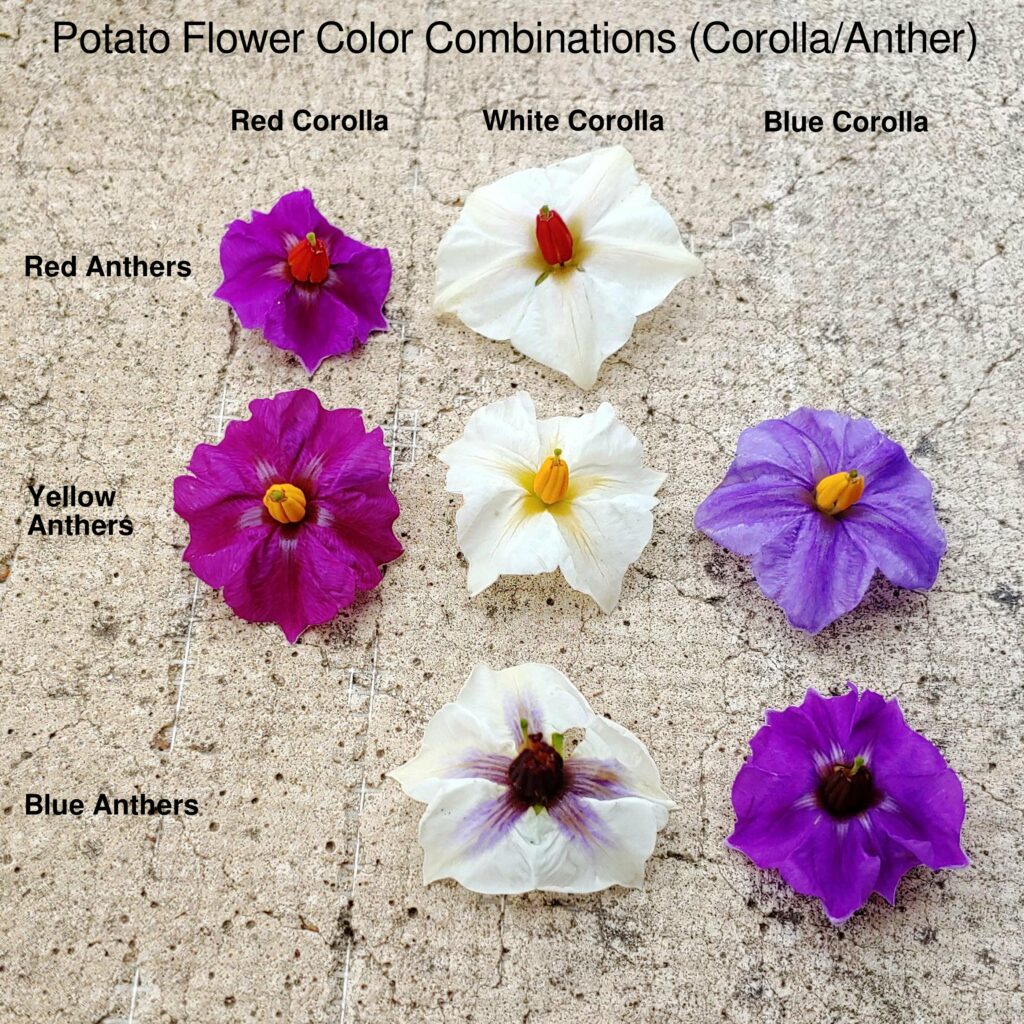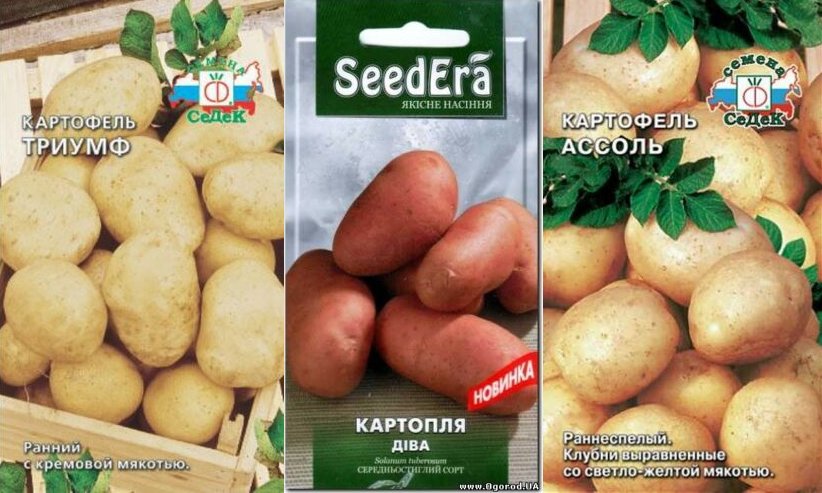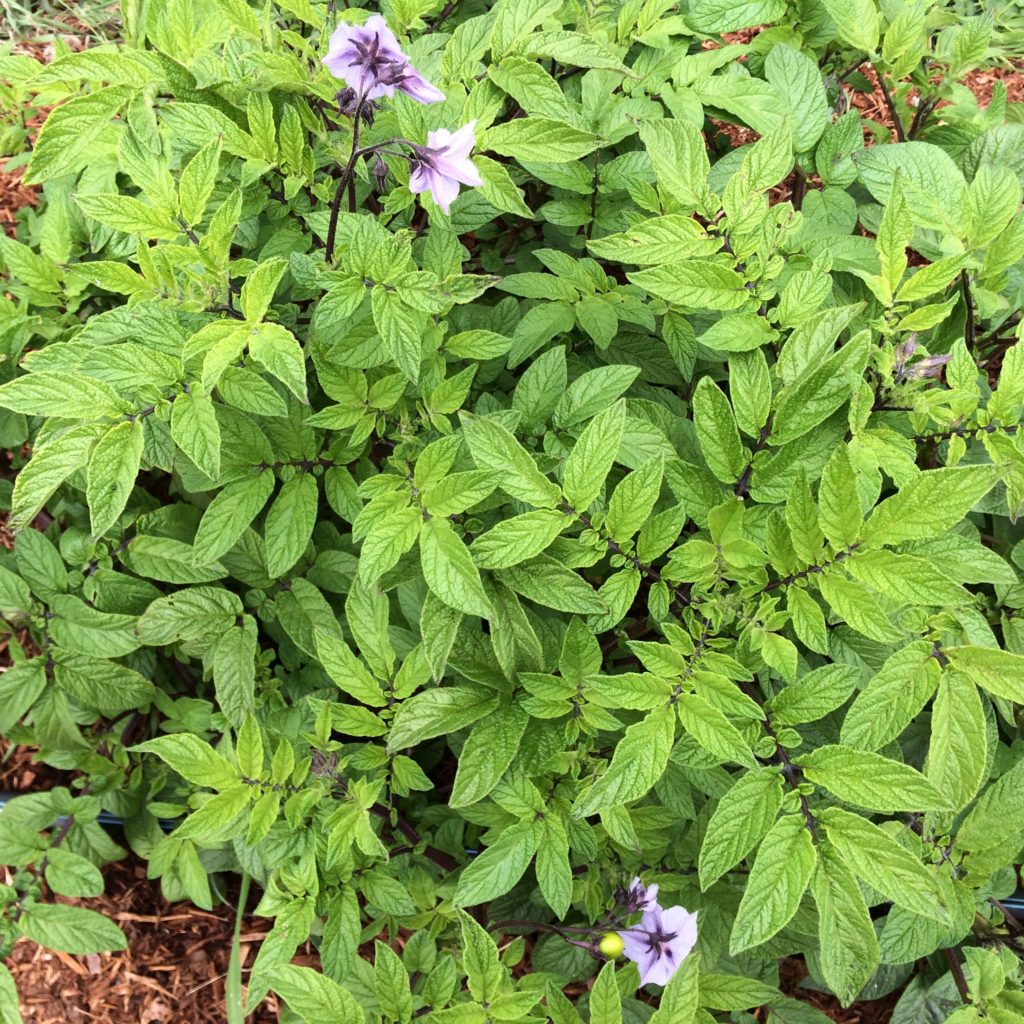No products in the cart.
Time for another frequently asked potato question. Actually, this is more of an occasionally asked question, but close enough. Do you recall reading a news story about a Russian family who died in their root cellar due to toxic potato gas? This story regularly makes the rounds in gardening groups on social media and has […]

